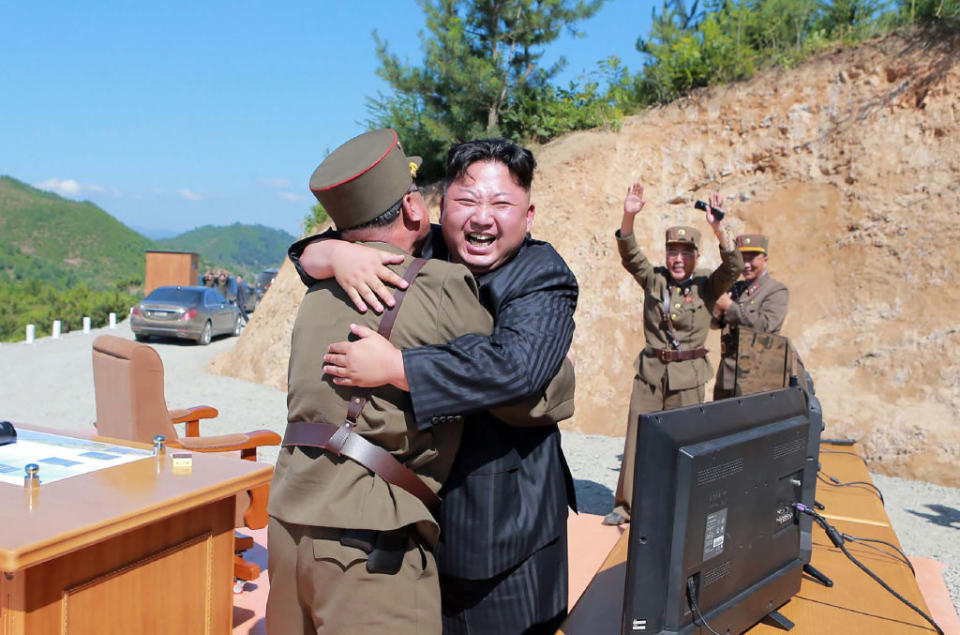North Korea May Have Detonated a 250 Kiloton Bomb

North Korea's sixth and latest atomic bomb test was its largest to date. The September test, which analysts had previously pegged at 150 kilotons, was actually 250 kilotons, according a new analysis that studied seismic data from the event.
The test, which was carried out in a tunnel in northeastern North Korea, was picked up almost instantly by seismographs around the world, including the U.S. Geologic Survey. The explosion was so powerful it sank an 85 meter area of Mount Mantap, underneath which the tunnel was buried. Synthetic aperture radar imagery from the Airbus TerraSAR-X satellite shows that the mountain actually lost elevation after the earthquake.
North Korea claims that the test was a successful detonation of a so-called hydrogen bomb, which differs from atomic bombs in having a more complex design and a much greater explosive yield. A typical A-bomb has a yield of 100 kilotons or more, while a H-bomb can have a megaton (1,000 kilotons) yield or more.
At 250 kilotons the North Korean bomb was not a H-bomb in the strict literal sense but it may have instead been a boosted fission weapon, which uses tritium and deuterium gas to achieve greater explosive yields. Preliminary analysis of the September 3rd test indicated a yield of one megaton, revised downward to 150 kilotons. The yield was revised again as the seismic rating of the explosion was revised upward from 5.8 to 6.1.

Earlier this summer North Korea tested what outside analysts believe was a missile capable of reaching the United States. The reentry vehicle of the missile, which in an actual missile attack holds the nuclear warhead, was assessed as surviving to an altitude close enough to allow the missile to explode over the target, a so-called airburst explosion. If the nuclear warhead design recently shown on North Korean state television is operational, North Korea could now have the means to deliver a 250 kiloton warhead on U.S. territory.
While that sounds scary, there are plenty of things to keep in mind. The missile, for now anyway, is likely wildly inaccurate and unable to target any location with precision. Accuracy is probably measured in miles, if not tens or scores of miles. The United States is also protected by the Ground-Based Midcourse Defense anti-missile system, which can intercept ICBM warheads coming from North Korea, although that system may also have reliability issues.
Most importantly, North Korea realizes that using these weapons against the United States guarantees an escalation that would involve significant retaliatory strikes. Just like in the Cold War, the balance of terror means that to use nuclear weapons against another nuclear power is to ensure one's own destruction. No nuclear power, not the United States nor North Korea, is immune to that logic.
You Might Also Like

